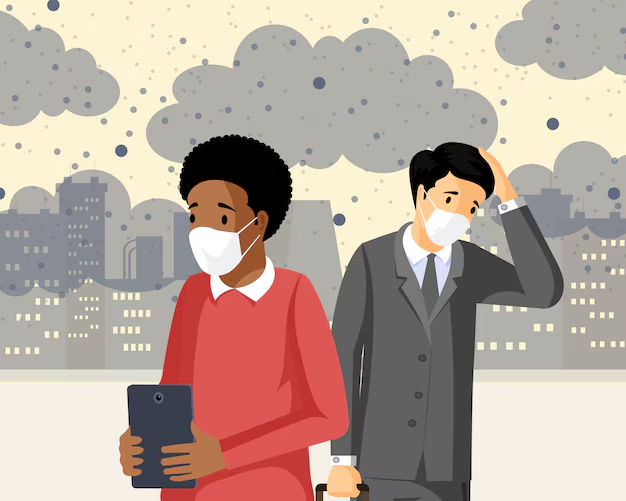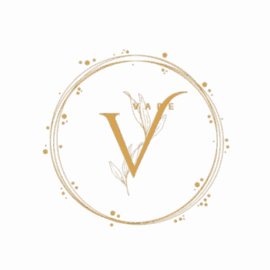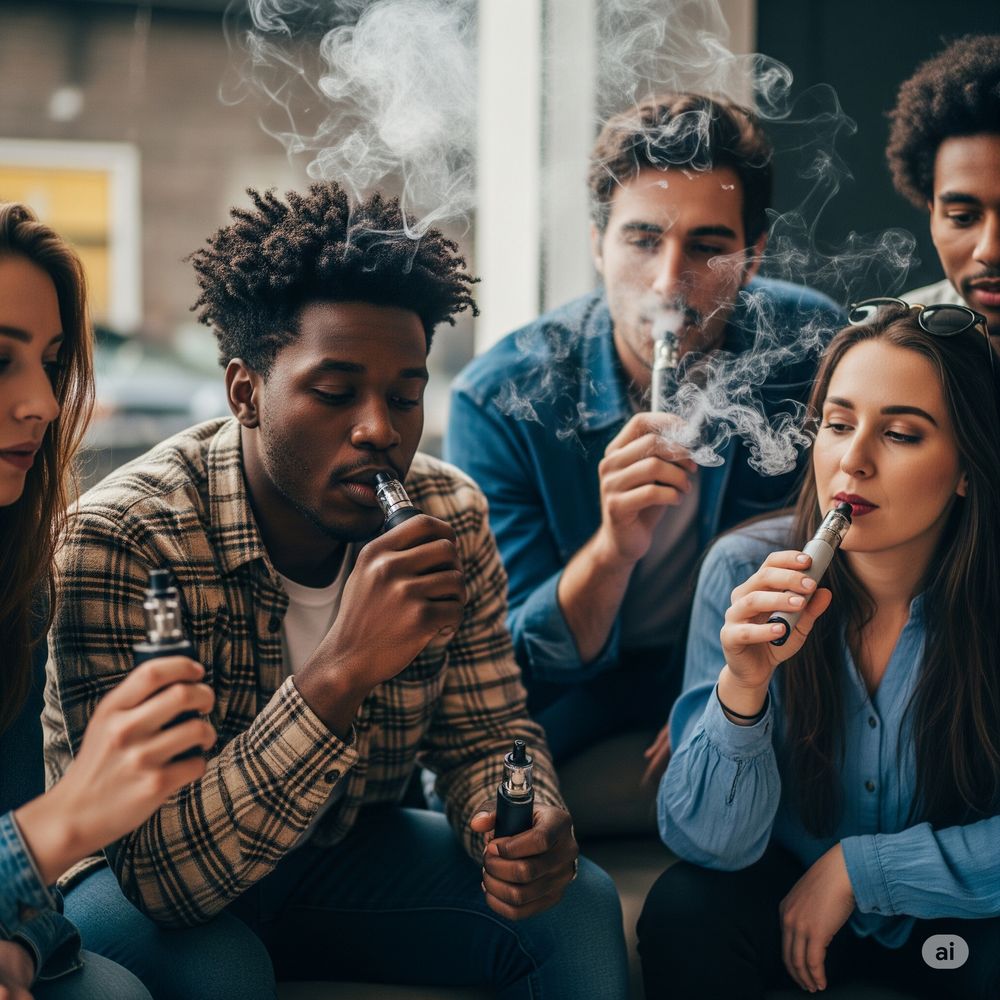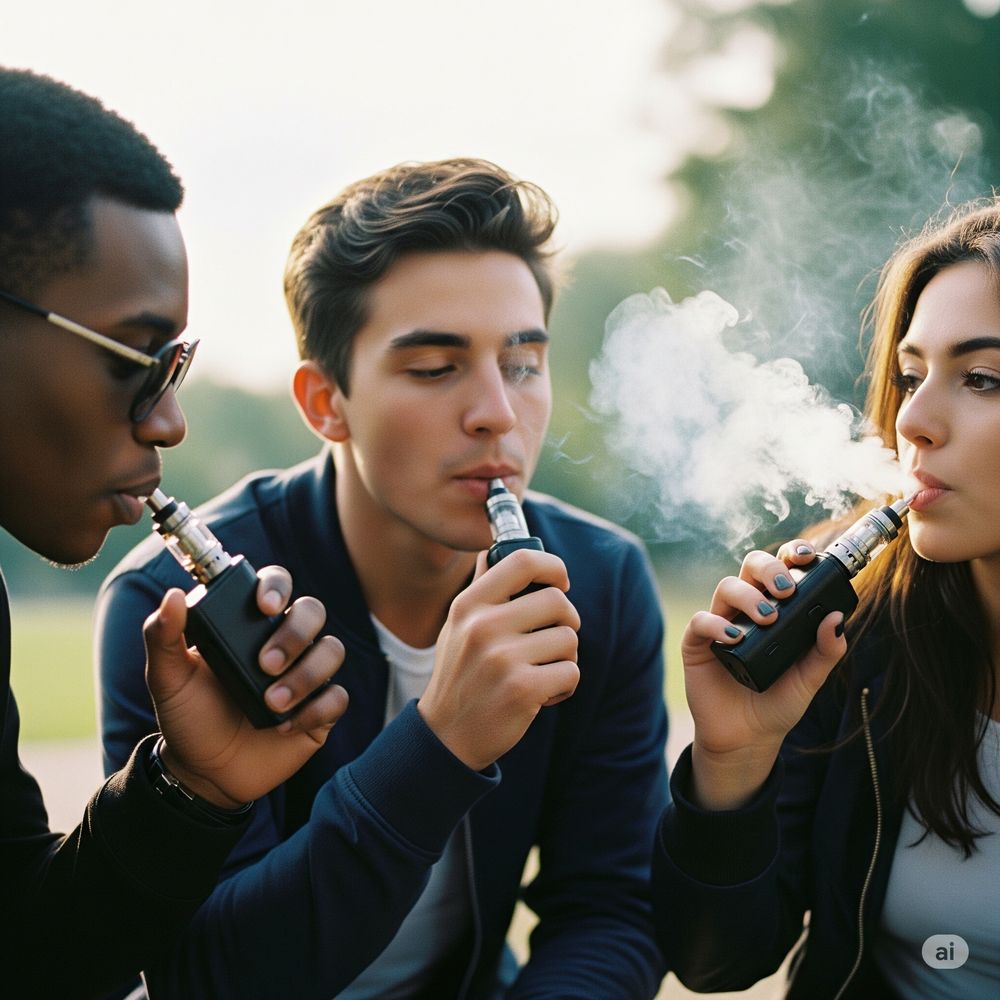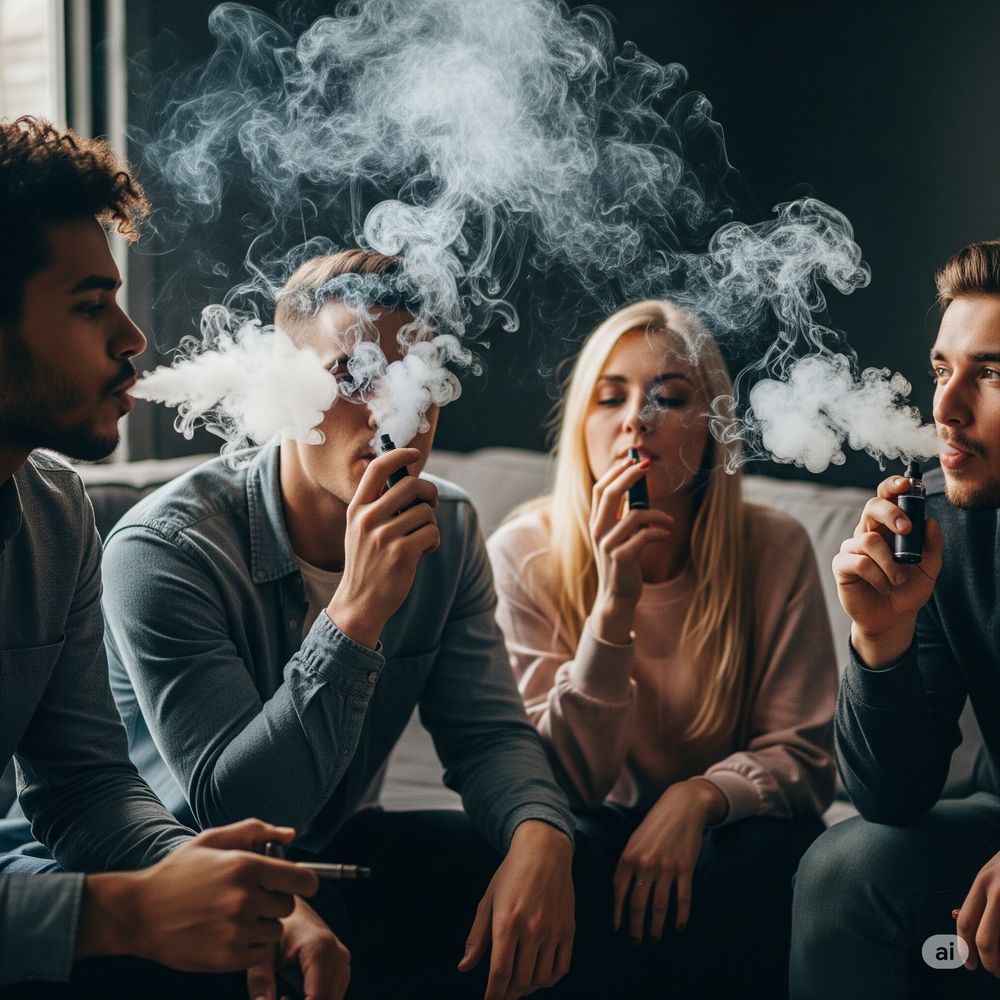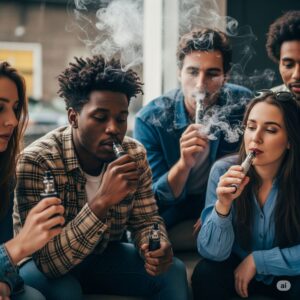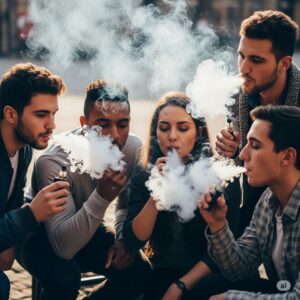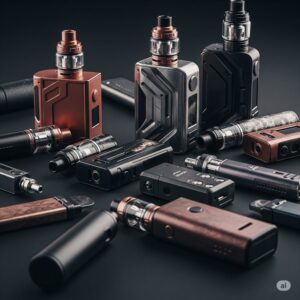The Rise of Urban Inhale Culture
Urban Inhale culture has rapidly emerged as a significant lifestyle phenomenon, particularly in metropolitan areas. This movement blends modern sensibilities with a distinct urban aesthetic, attracting a diverse group of young adults who seek to express identity and creativity through inhalation rituals and related social practices. It represents more than just a trend; it reflects a deeper cultural shift influenced by music, fashion, and social media. Urban environments serve as a fertile ground where such lifestyles evolve, merging personal expression with collective experiences. Consequently, understanding this culture requires examining its roots, visual appeal, and impact on youth identity within the cityscape.
Urban Inhale: A New Wave of Social Expression
The growing prominence of this culture in urban settings highlights how inhalation practices have moved beyond private habits to become public statements. In many cities, social venues, clubs, and street gatherings have embraced these rituals, which combine elements of performance and personal branding. This visibility has fostered a unique subculture where participants carefully curate their image, often integrating fashion trends and innovative devices. As a result, inhalation transcends its original function, evolving into a form of artistic expression and social currency.
Furthermore, this cultural shift aligns with broader societal trends emphasizing individuality and community engagement. Participants frequently share their experiences through digital platforms, amplifying the culture’s reach and influence. Visual storytelling plays a crucial role here, allowing users to showcase their style and connect with like-minded peers globally. This fusion of offline interaction and online presence has made the culture highly adaptable and resilient, responding quickly to changes in tastes and technology.
Exploring the Influence of Urban Inhale Culture on Youth Identity
In urban areas, youth identity often intersects with trends that offer both belonging and differentiation. The inhalation culture provides a versatile space for this, as individuals adopt practices and aesthetics that resonate with their personal narratives. This adoption extends beyond mere participation; it actively shapes values, attitudes, and social dynamics. For instance, the emphasis on design and innovation within the culture attracts creative minds who appreciate both function and form, encouraging experimentation and customization.
Moreover, this phenomenon reflects a shift in how youth negotiate public and private boundaries. The rituals associated with inhalation become a means to assert presence within crowded city spaces, simultaneously connecting and distinguishing participants. This dual function fosters a sense of empowerment and visibility, particularly for those navigating complex social landscapes. Through these interactions, the culture continually redefines itself, embracing diversity while maintaining a recognizable core identity.
The Role of Visual Identity in Sustaining Urban Inhale Movements
A critical aspect of this cultural rise involves its strong visual component. Urban Inhale participants prioritize aesthetic choices that convey status, mood, and belonging. This attention to appearance extends to devices, accessories, and clothing, all carefully selected to enhance personal narrative. Such visual branding serves as a communication tool, signaling affiliation and inviting engagement within the community.
Additionally, this emphasis on imagery intersects with marketing and media strategies that further propel the culture’s visibility. Influencers and creators play pivotal roles by producing content that captures the lifestyle’s essence, often blending artistic elements with everyday reality. The resulting imagery not only sustains interest but also educates newcomers about the culture’s values and trends. Hence, visual identity functions both as a unifying force and a dynamic platform for innovation within the movement.
In summary, the rise of this urban culture demonstrates a complex interplay between social expression, identity formation, and visual communication. It thrives on adaptability and connectivity, making it a powerful example of contemporary youth culture evolving within metropolitan contexts.
